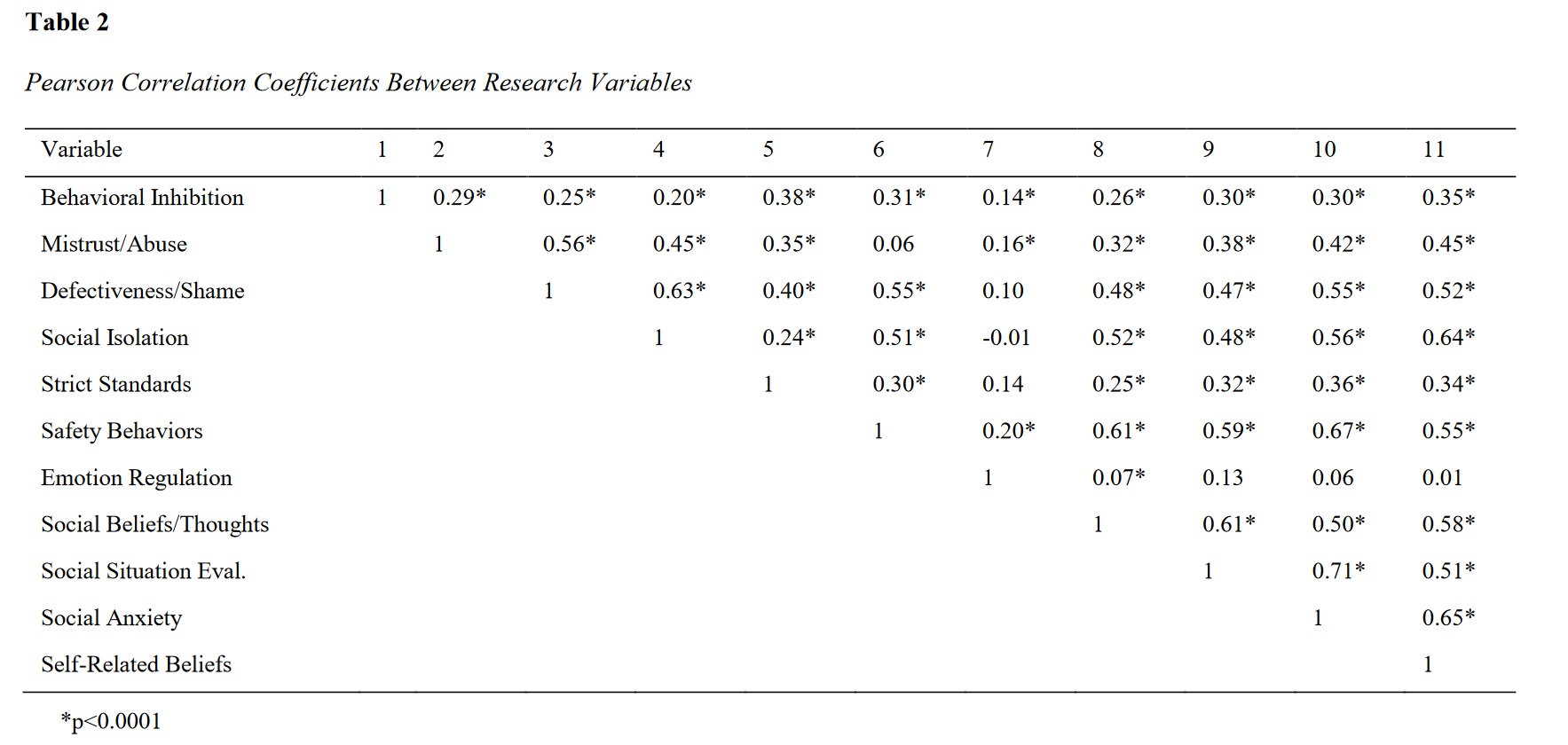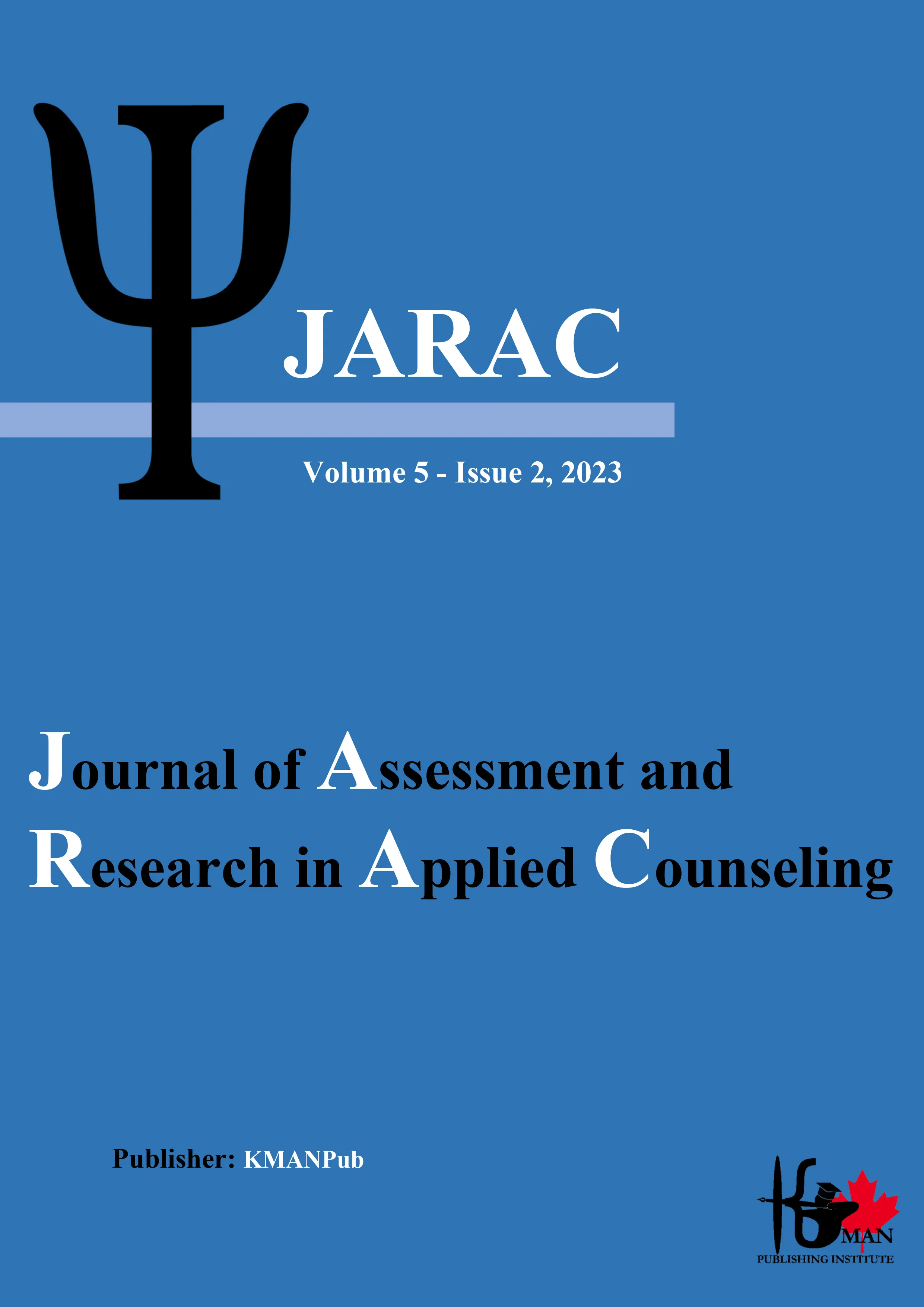Testing an Integrated Model of Social Anxiety Disorder Based on Influencing Factors: Biological, Familial, Cognitive, Behavioral, Emotional, and Social in Female Students
Keywords:
Social anxiety, social situation evaluation, safety behaviorsAbstract
Objective: Social anxiety is characterized by the fear of being observed and judged by others in social situations.
Methods and Materials: The present study aimed to investigate the relationships among early maladaptive schemas, behavioral inhibition, and social anxiety, considering the mediating role of social situation evaluation, safety behaviors, emotion regulation, social beliefs and thoughts, and self-related beliefs. This descriptive study was of a correlational type. The statistical population included all female medical students at Jundishapur University of Medical Sciences in Ahvaz. The research sample consisted of 483 female students who were selected through convenience sampling. The research instruments included the Social Phobia Inventory, the Early Maladaptive Schemas Questionnaire, the Social Situations Evaluation Scale, the Safety Behaviors Questionnaire, the Emotion Regulation Questionnaire, the Social Beliefs and Thoughts Scale, the Self-Related Beliefs Scale, and the Behavioral Inhibition Questionnaire.
Findings: Data were analyzed using Pearson correlation and structural equation modeling. Fit indices indicated that the hypothetical model of the study had a good fit with the data (CFI = 0.96, IFI = 0.96, RMSEA = 0.07). The results showed that except for emotion regulation, all mediator variables affect social anxiety disorder (SAD).
Conclusion: Given the role of the factors proposed in the research model, it can be utilized in designing interventions for SAD among female medical students.
Downloads

Downloads
Additional Files
Published
Issue
Section
License
Copyright (c) 2024 Mahdi Hassanvand Amouzadeh, Seyed Esmail Hashemi, Mahnaz Mehrabizadeh Honarmand, Soodabeh Bassak Nejad, Mohammad Rabiei (Author)

This work is licensed under a Creative Commons Attribution-NonCommercial 4.0 International License.














